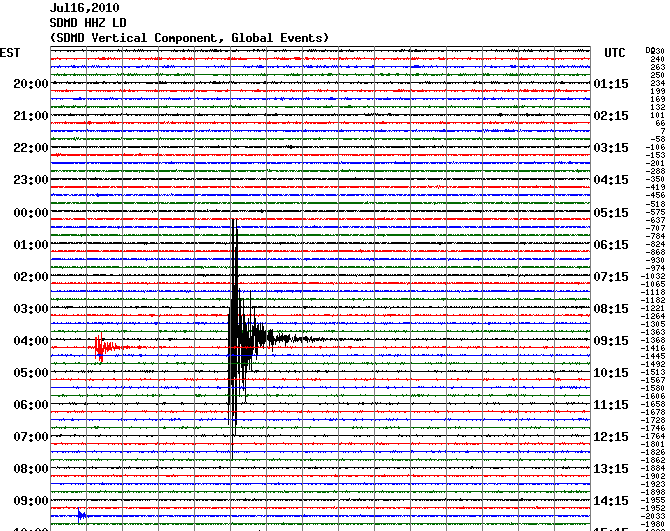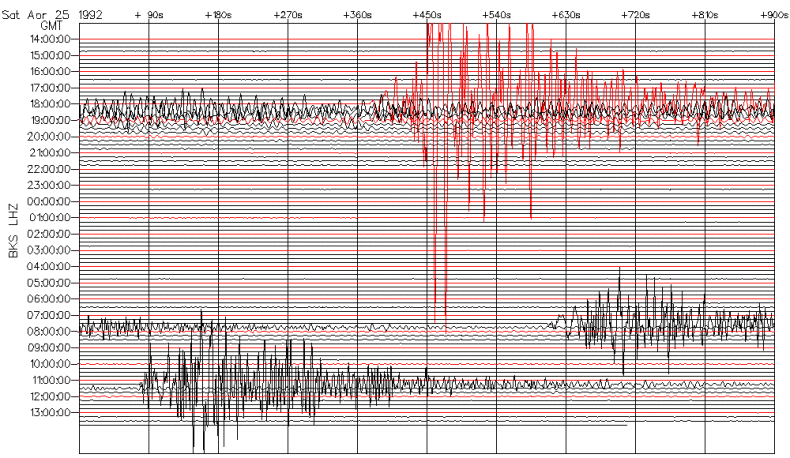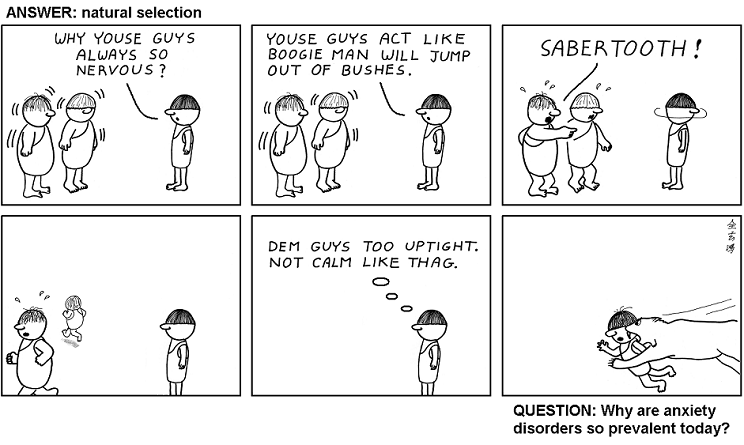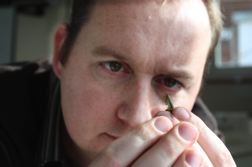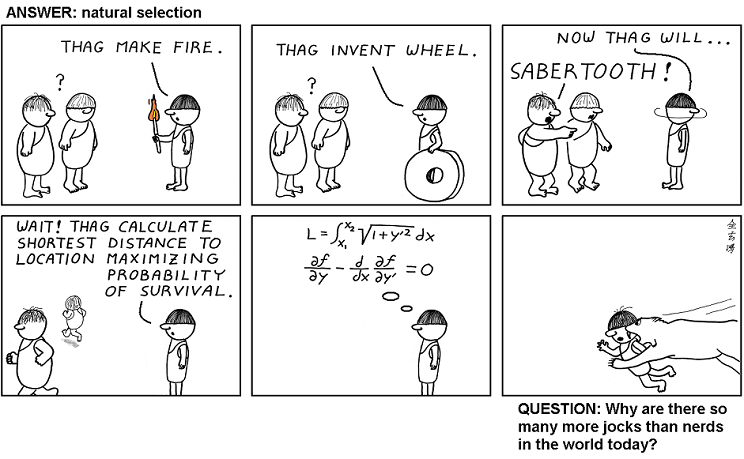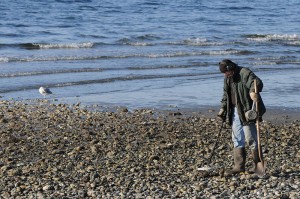
Last week a British treasure-hunter, Ian Snook, barely escaped a rather unpleasant end when his metal detector began clicking madly on a beach in Dorset, England. Answering the siren call of potential loot, Snook began digging furiously, only to find a battered metal sign. It read “Precaution–bombs fire instantly on breaking in air. Stringent precautions must be taken to avoid cracking during handling–the caps must never be removed.”
Below lay 24 World-War-Two glass bottles filled with deadly phosphorus and benzene. The British Army had buried these grenade-like weapons 70 odd years ago to dispose of any Nazi landing craft.
The faded sign, with its words of clear warning, prevented Snook from accidentally blowing himself to smithereens. And that’s good: while I am not particularly fond of treasure hunters, I wouldn’t wish this fate on anyone. But this little news item got me thinking. How on earth are we going to warn future generations of archaeologists and other curious types from digging in similarly toxic sites 1000 years from now, or even 10,000 years from now? Continue reading
